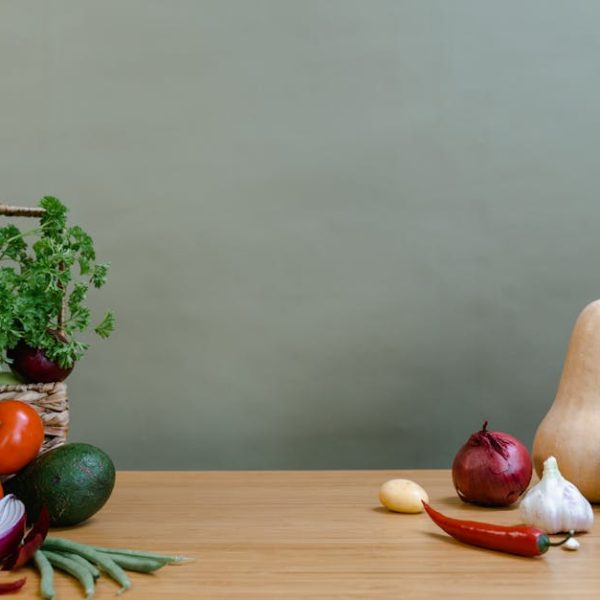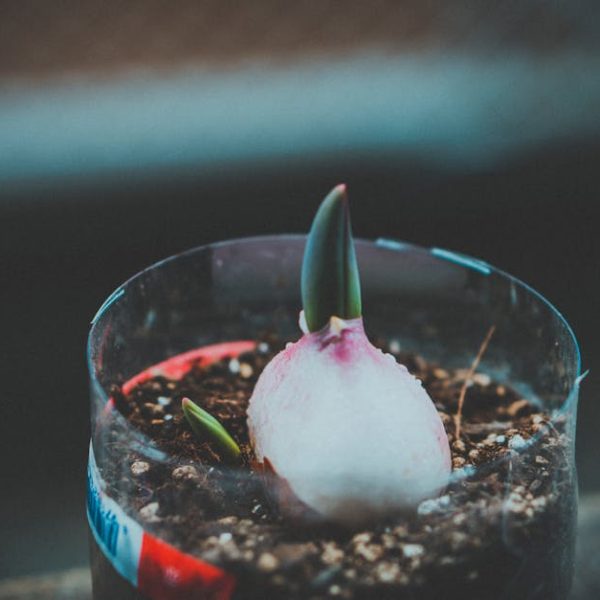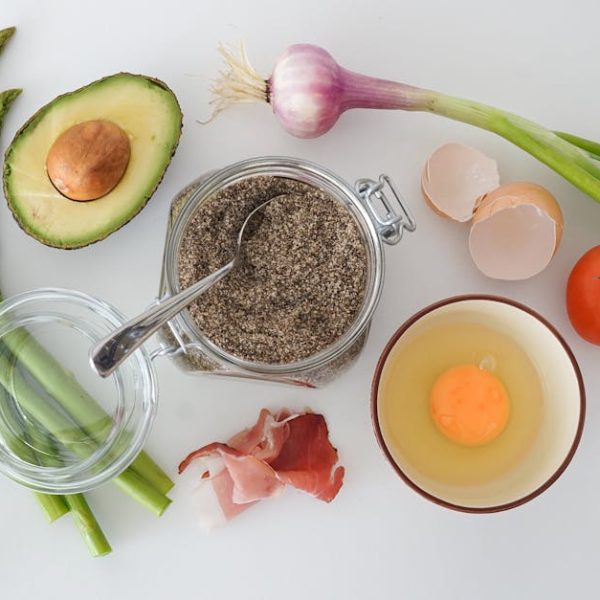Storing Tomatoes as Tomato Paste
Introduce the practice of using tomatoes to make and store tomato paste. Discuss the method thoroughly, including different cooking and preservation steps, the kind of flavors it brings to food, and its shelf life.
Pro and Cons: Present a balanced review of this method discussing its benefits against its drawbacks, such as the flavor enhancement but the time it consumes.
Every tomato lover is familiar with the heartache of watching a cherished tomato go from ripe and juicy to moldy and squashed in a matter of days. It is therefore essential to understand the various methods to store tomatoes and thus prolong their life, without compromising on their taste and texture.
Ripening Tomatoes on the Counter
Tomatoes are best when they are allowed to ripen naturally at room temperature. This is usually achieved by placing the tomatoes on the counter, away from direct sun. This method is ideal for fully ripened tomatoes as it helps preserve their freshness and flavor. However, keep an eye on the temperature. Excessive heat can cause the tomatoes to spoil faster.
Pro Tips: When choosing tomatoes for this method, pick those that are fully ripe but not overripe. These tomatoes should be vibrant in color with a smooth skin, and be firm to the touch but give slightly when pressed.
Storing Tomatoes in the Refrigerator
Not everyone is a fan of refrigerating tomatoes due to the changes it can cause in their texture and flavor. However, when handled properly, refrigeration can prolong the life of your ripe tomatoes by slowing down their ripening process. Make sure to wrap your tomatoes in a paper bag before placing them in the refrigerator and only do so once they are fully ripe.
Best Practices: When storing tomatoes in the refrigerator, always store them in the fridge’s crisper drawer, ideally at a temperature above 50°F. Be sure to check regularly and remove any that show signs of damage to prevent them from spoiling the rest.
Freezing Raw Tomatoes
Freezing raw tomatoes is a quick and easy way to extend their life considerably. While freezing can change the texture of the tomatoes, making them mushier after defrosting, it does not have an effect on their flavor. Essential preventive measures to follow before freezing include washing, drying, and storing in suitable containers.
☑️ Checklists: To freeze your tomatoes successfully, wash them thoroughly, dry them off, slice off the stem end, and place them in an airtight container or freezer bag. You can freeze your tomatoes for up to six months.
This advice sets you off to a good start in preserving your tomatoes. There are still more methods to explore each with their own pros and cons as we shall see in exceeding sections. Regardless of the method you adopt, what’s undoubtedly clear is that with proper storage, you can enjoy your tomatoes for much longer than their natural shelf-life.
Storing Tomatoes as Tomato Sauce
An excellent method of storing tomatoes is by converting them into tomato sauce. Tomato sauce retains the fresh taste of tomatoes while providing a prepared ingredient for cooking countless recipes. The process involves cooking the tomatoes, adding seasonings, and then storing the sauce in airtight jars.
➡️ Steps:
1. Wash and chop the tomatoes.
2. In a large pot, cook the tomatoes until they are soft and broken down.
3. Add seasonings and spices according to personal preference.
4. Pour the sauce into sterilized jars, leaving a bit of space at the top, and seal tightly.
Comparison:
| Methods | Taste and Texture Retention | Usage | Shelf Life |
|---|---|---|---|
| Tomato Sauce | Great | Ready-to-use for cooking | Up to one-year if properly canned |
| Raw | Poor after defrosting | Need to thaw before using | Up to six months |
Canning Tomatoes for Long Term Storage
Canning is a traditional method of preserving food, including tomatoes. It involves placing tomatoes in a canning jar, heating the jar to kill bacteria or fungi, and then hermetically sealing them. The process prolongs the shelf life of the tomatoes by up to a year and helps retain most of their nutritional value.
Pros and Cons:
+Pro: Canning allows for lengthy storage and preserves nutritional value.
-Con: It requires time and may vary in outcome, including potential health risks if not done correctly.
Storing Tomatoes as Sun-Dried Tomatoes
Sun-drying is an age-old method of preserving tomatoes. By removing the water content, the tomatoes can be stored for a long period without refrigeration. The process takes about four to ten days of continuous sunny weather for tomatoes to dry completely.
Pro Tips: Sun-dried tomatoes have a concentrated and slightly sweet flavor. They are great for adding a flavor punch to pasta, salads, and sandwiches.
Dehydrating Tomatoes at Home
Dehydrating tomatoes is a relatively easy process that can be done in the convenience of your own home, using either an oven or a dehydrator. The dehydration process removes water content from the tomatoes, thereby preventing the growth of bacteria and mold.
Best Practices: Use ripe, but not overripe tomatoes. For consistency, make sure to slice the tomatoes into even pieces. Depending on the humidity and temperature, dehydration can take anywhere from 6 to 12 hours.
Storing Tomatoes as Tomato Paste
Tomato paste is a concentrated form of tomatoes with a rich flavor. Making and storing tomato paste from fresh tomatoes is a great way to save ripe tomatoes and extend their shelf life.
Pro and Cons:
+Pro: Tomato paste enriches dishes with a robust tomato flavor.
-Con: The cooking process is time-consuming and it requires a considerable amount of tomatoes for a small quantity of paste.
These methods offer a variety of ways to store and preserve tomatoes. Not only do they help extend the life of the tomatoes, they also provide different flavors and textures offering a plethora of culinary possibilities. Explore them and discover your preferred method of preserving and enjoying this vibrant fruit.
Key Takeaway:
- There are numerous ways to store and preserve tomatoes, each method having its pros and cons.
- Storing tomatoes at room temperature is a simple method that helps retain their freshness and flavor, however, can lead to quicker spoilage.
- Refrigerating tomatoes can lengthen their shelf life, but may alter their texture and flavor to some extent.
- Freezing raw tomatoes offers a long preservation solution but compromises on texture while retaining flavor.
- Converting tomatoes into tomato sauce, drying, canning or dehydrating are alternative preservation methods that change the texture and flavor of the tomatoes, lending versatility in usefulness.
- Storing tomatoes as tomato paste requires time and effort but provides a robust tomato flavor to dishes.
Tomatoes, in all their many forms, can add variety and richness to your meals. Understanding how to store them properly can extend their life, save waste, and be an opening to exploring new cooking possibilities. So, choose the best storage method, and savor the versatile taste of tomatoes!
FAQs
Q: What is the best way to store tomatoes to maintain their original taste?
A: To maintain their original taste, it’s best to store tomatoes at room temperature. But remember to consume them within a few days to avoid spoilage.
Q: How long can tomatoes be stored in the freezer?
A: Tomatoes can be stored in the freezer for up to six months. Freezing does alter the texture of the tomatoes, but retains their flavour.
Q: Are canned tomatoes as nutritious as fresh ones?
A: Canned tomatoes still retain a lot of their nutritional content. They can be a healthy choice, especially when fresh tomatoes are not in season.
Q: How should sun-dried tomatoes be stored?
A: Once the tomatoes are dried completely, they could be stored in an airtight container in a cool, dark place for several months.
Q: Is the flavor of dehydrated tomatoes the same as fresh ones?
A: Dehydrated tomatoes have a concentrated and sometimes sweeter flavor than fresh ones. They have a different but equally delicious taste profile.
Feel free to share this post with your friends so that they too can learn about these various methods to store and preserve tomatoes. Browse through our blog for more informative posts on similar topics!






